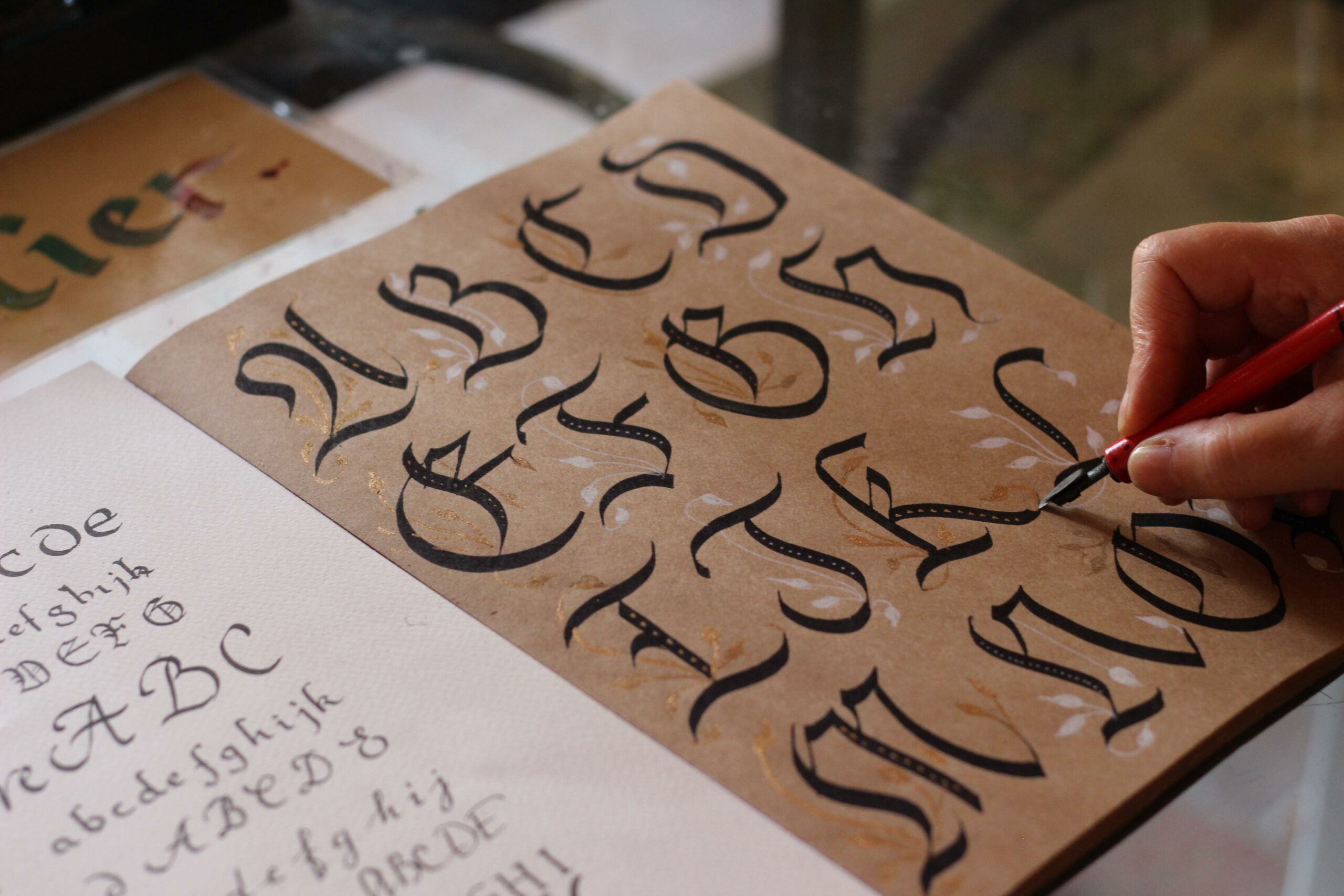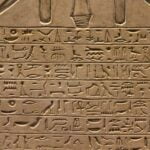Welcome to an exciting journey into the world of calligraphy! In this article, we will uncover a treasure trove of surprising trivia about calligraphy specifically aimed at captivating young learners. Get ready to delve into the vibrant history and creative possibilities of this ancient art form. Prepare to be amazed as we explore fascinating facts that will inspire children to embrace the beauty and elegance of calligraphy. So, let’s unravel the mysteries and discover the enchanting world of calligraphy together!

Surprising Trivia about Calligraphy for Kids
From ancient civilizations to modern times, calligraphy has captivated people with its beauty and elegance. Did you know that calligraphy is derived from the Greek roots meaning ‘beautiful writing’? In this article, we’ll delve into the fascinating world of calligraphy and uncover some surprising trivia that will spark your interest! So, let’s dive in and explore the enchanting art of calligraphy together.
1. Calligraphy’s Ancient Roots
Calligraphy, with its firm grasp on proper form and proportion, is an art form that dates back thousands of years. It originated in China, where ancient scribes etched letters on animal bones and tortoise shells. These early writings were considered both practical and artistic, laying the foundation for the development of calligraphy as an esteemed art form.
“Calligraphy has its roots in ancient civilizations and continues to be a popular form of artistic expression today.”
2. The Three Basic Forms
Did you know that calligraphy can take on various forms? There are three primary styles: Western, Arabic, and Oriental. Each style has its own unique characteristics and cultural significance. For example, in East Asian and Middle Eastern cultures, calligraphy is regarded as the highest form of art, with a rich history steeped in tradition and symbolism.
3. Materials of the Trade
What do calligraphers use to create their exquisite works? Well, traditionally, bamboo was used as a material for calligraphy brushes. The flexible and resilient nature of bamboo allowed for precise and controlled brushstrokes. Today, calligraphers have a variety of tools at their disposal, including pens and brushes, allowing them to experiment with different techniques and styles.
4. A Perfect Match: Calligraphy and Islamic Art
In Islamic art, calligraphy holds a special place because it forbids the representation of humans. As a result, calligraphy became a chief art form for manuscripts and decoration. The intricate and elaborate geometric patterns, adorned with ornate calligraphy, create a harmonious blend of art and spirituality.
5. Diving into Calligraphy Styles for Kids
While calligraphy may seem complex, there are different styles that children can easily learn and enjoy. Styles like Faux Calligraphy, Broad Edged Style, Brush Pen Calligraphy, Pointed Pen Style, and Bounce Lettered Calligraphy offer young learners a chance to experiment with different techniques and develop their own unique writing style.
6. Igniting Creativity
Introducing children to calligraphy can be a fun and engaging process. Guided coloring activities, negative space projects, and creating creative alphabets are just some of the exciting ways to spark their interest in calligraphy. These activities not only help children develop their fine motor skills but also encourage their creativity and self-expression.
“By blending my love for art and writing, I aim to inspire children to explore the world of calligraphy, its vibrant history, and its creative possibilities.”
7. Learning Resources for Young Calligraphers
Thanks to modern technology, there are now numerous books and tutorials available that cater specifically to children learning calligraphy. These resources make it easier than ever for young calligraphers to practice and refine their skills. With step-by-step instructions and interactive exercises, these learning materials ensure that kids have a solid foundation in calligraphy.
In conclusion, calligraphy is more than just beautiful writing – it’s a captivating art form that has transcended time and cultures. From its ancient origins to its modern-day practice, calligraphy continues to inspire and captivate learners of all ages. So, why not embark on a calligraphic adventure with your kids? You’ll be amazed at the surprising trivia and creative possibilities that await!
“Discover the fascinating world of calligraphy, where every stroke tells a story and every curve is a work of art.”
Fun Facts About Calligraphy For Kids
Do you know that calligraphy is not just for adults? In fact, it can be a fun and engaging activity for kids too! If your child has shown an interest in art or writing, introducing them to calligraphy might be a fantastic idea. Not only does it teach them patience and discipline, but it also allows them to express their creativity in a unique way.
Did you know that calligraphy has been around for thousands of years? It dates back to ancient civilizations such as China and Egypt. Kids can dive into the rich history of this art form and discover the different styles and tools used by calligraphers throughout time.
Calligraphy can also improve kids’ handwriting skills. By practicing the different letterforms and strokes, they will enhance their fine motor skills and develop a sense of precision. It’s a great way to make writing more enjoyable and aesthetically pleasing!
Are you curious to learn more about fun facts regarding calligraphy for kids? Click here to explore the fascinating world of calligraphy and discover some exciting insights that will captivate your child’s imagination.
Fun Facts About Calligraphy For Kids
FAQ
Q: What is the meaning of calligraphy?
A: Calligraphy is derived from the Greek roots meaning ‘beautiful writing’ and requires a firm grasp on proper form and proportion.
Q: Where did calligraphy originate?
A: Calligraphy is an ancient art form that originated in China, where letters were etched on animal bones and tortoise shells.
Q: What are the different forms of calligraphy?
A: There are three basic forms of calligraphy: Western, Arabic, and Oriental.
Q: How is calligraphy regarded in different cultures?
A: In East Asian and Middle Eastern cultures, calligraphy is regarded as the highest form of art.
Q: What materials are typically used in calligraphy?
A: Traditionally, bamboo was used as a material for calligraphy brushes.
- Senior at What Age: Benefits & Eligibility Guide - March 29, 2025
- Unlocking Senior Benefits: How Old is a Senior? Your Complete Guide - March 29, 2025
- Master Russian Politeness:A Guide to Saying Please - March 29, 2025
















